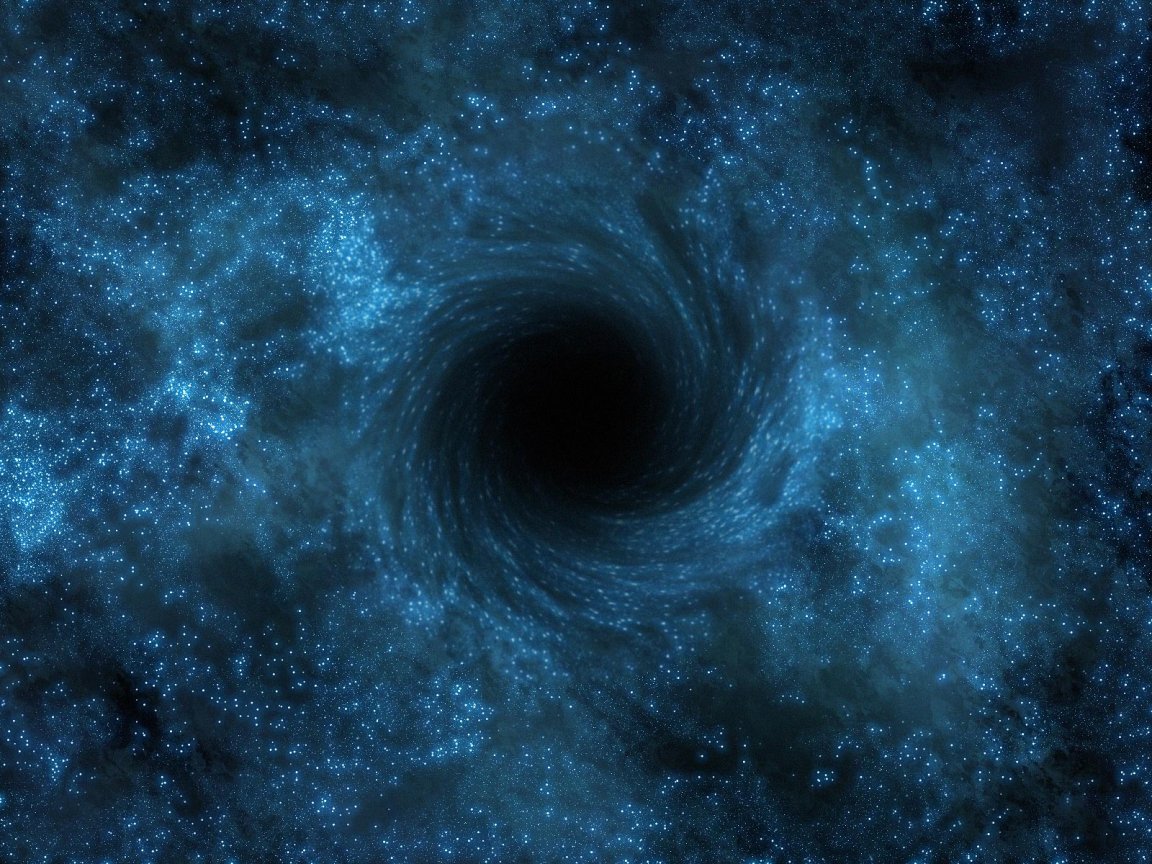
A team of physicists from the University of Cambridge, led by Markus Kunesh, have successfully simulated what black holes would be like in a five-dimensional world. Apparently, if our universe is made up of five or more dimensions (as some mathematical models posit) the way that these black holes behave could threaten our fundamental understanding on how our universe works.
In simpler terms, it means that these five-dimensional black holes contain such an intense gravity that what we understand as the law of physics would fall apart.
Their study has been published in Physical Review Letters.
Black Holes
Physicists explain that black holes actually look more like thin rings instead of holes when placed in a five-dimensional universe. As these holes evolve, they create a series of “bulges” that becomes even thinner over time, leading them to break off and form mini holes somewhere else.

The ring-shaped black holes, also known as black rings, were proposed initially in 2002. However, they have not been simulated successfully until recently. A supercomputer at the University of Cambridge called COSMOS successfully simulated this theory.
As an aside, COSMOS is the largest shared-memory computer in Europe that can perform 38.6 trillion calculations per second.
The problem with five-dimensional black holes is that they’re thought to consist of ‘ultragravity rings’, where gravity is so intense, it gives rise to a state known as naked singularity. Naked singularities are so strange, no one really knows what would occur, except that the laws of general relativity would no longer apply.
But to try and explain, Einstein’s theory of relativity is based on how we think gravity affects the behavior of the universe. We already know that matter warps the surrounding fabric of spacetime, and this is what we refer to as gravity. Every test we have done ever since it was proposed 100 years ago proved to be true, but singularities complicate things.
A singularity is the point of a black hole where gravity is at its most intense (the center), and it is surrounded by the event horizon at the edge, all of which are in a four-dimensional universe.
“As long as singularities stay hidden behind an event horizon, they do not cause trouble and general relativity holds – the ‘cosmic censorship conjecture’ says that this is always the case,” says theoretical physicist Markus Kunesch from the University of Cambridge. “As long as the cosmic censorship conjecture is valid, we can safely predict the future outside of black holes.”
But what if a singularity can exist outside the black hole’s edge, what if we could see it?
The hypothesis suggests that, if an object has collapsed to an infinite density but is not bound by an event horizon, then it becomes a naked singularity. This is where our understanding of physics is compromised, because general relativity can’t really say much about the evolution of space-time near a singularity, which means that we can’t make predictions about the future of the cosmos—about what comes next.
“If naked singularities exist, general relativity breaks down,” said one of the team, Saran Tunyasuvunakool. “And if general relativity breaks down, it would throw everything upside down, because it would no longer have any predictive power – it could no longer be considered as a standalone theory to explain the Universe.”
Problems with Dimensions
Now that it has been proposed that we may have as many as eleven dimensions, various problems arise. Of course, humans can only perceive three dimensions of space, and the only way we can really confirm that there are more is by using high-energy experiments such as the Large Hadron Collider.
Kunesch and his team admitted that the supercomputer is at the brink of reaching its limit, but they still want to know how four-dimensional universes make naked singularities impossible, and that the theory of general relativity still stands true.
“If cosmic censorship doesn’t hold in higher dimensions, then maybe we need to look at what’s so special about a four-dimensional universe that means it does hold,” says Tunyasuvunakool. New research in the coming months may shed more insight.
In the meantime, here is an interesting video about eleven dimensional universe by Michio Kaku: